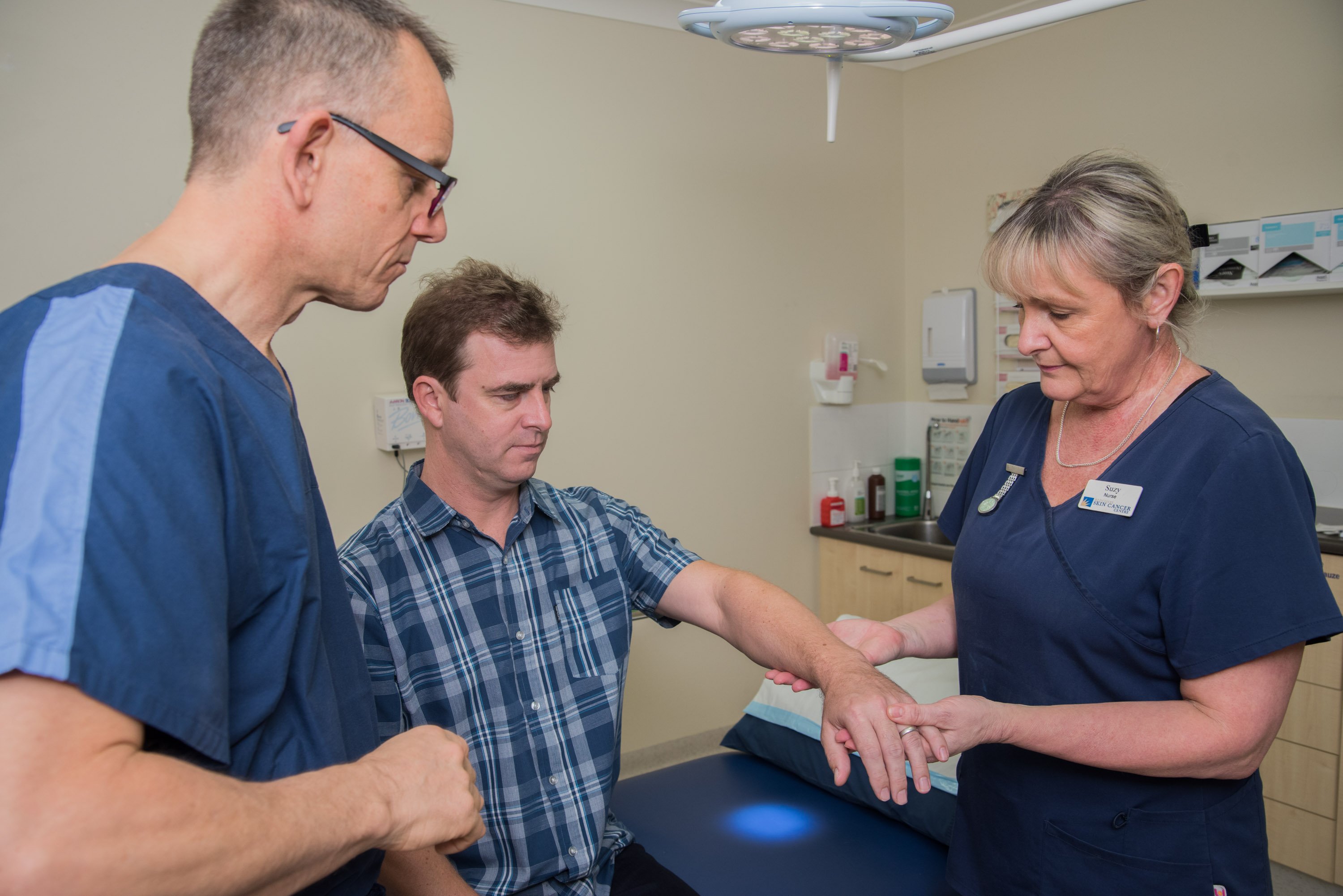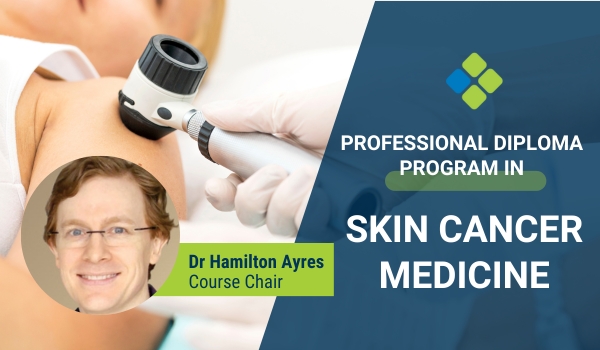The role of skin cancer nurses in screening patients
A study tested whether a skin cancer nurse's powers of discrimination would allow her to safely screen out patients whose lesions were definitely benign.

HealthCert Education
Skin cancer nurses play a vital role in the management and education of their patients, and advanced nursing has been found to correlate with high patient satisfaction (Wong and Chung 2006). Many skin cancer nurses also assess skin lesions at follow-up visits but have not progressed to a primary screening role. A study tested whether a skin cancer nurse's understanding and powers of discrimination would make it safe for her to screen out patients whose lesions were definitely benign.
In the study, the nurse had three years of dermatology experience and undertook training in skin cancer medicine. She also completed an MSc module in clinical examination and case management of skin cancer and attended a nurse surgery course.
The nurse saw 100 patients in skin cancer clinics, taking a history and examining the patient. She then documented her response to whether the lesion looked definitely benign such that the patient could be discharged (in which case the patient was not referred to the doctor), and whether there were any features to suggest the lesion was possibly or definitely malignant (in which case the patient was referred to the doctor). The nurse also documented her preferred diagnosis and treatment plan.
One of two doctors then saw every patient and without reference to the nurse's comments recorded their answers to the same questions. From the 100 cases there were 53 that the nurse and doctor agreed should be seen by the doctor. In 16 cases there was agreement that referral was not required. In 31 cases, the doctor forgot to document whether he felt referral was indicated. However in 30 of these the diagnosis and treatment plan specified by the nurse was identical to that of the doctor. In one case the nurse had decided to take a biopsy whereas the doctor thought it best to review in three months. Of these 31 cases the decision was not to refer in 12 of them. Overall there were 28 cases out of 100 which did not need to be seen by a doctor.
There was 100% concordance for the key question of whether it was safe for the nurse to discharge the patient without a doctor's opinion.
When combining all the nurse's experience in theatre and outpatients it is estimated that she had been in a skin cancer diagnostic and therapeutic environment for about 400 hours. The intention of her training was to produce a safe screener.
Skin cancer nurses are playing an increasingly active role and often examine patients looking for recurrence of disease and evidence of new disease. They ask for a medical opinion if they see a suspicious lesion and are therefore acting as screeners by being alert to unusual features in skin lesions. Therefore, the jump from this role to acting as a primary screener for new patients is not big.
In a previous Australian study, the performance of nurses was compared to plastic surgeons in a skin cancer screening program. The role of the nurse was not to diagnose skin cancer, but to not miss lesions that required further expert examination. From a total 256 screened individuals, plastic surgeons felt 77 (30%) individuals had suspicious lesions whereas nurses were concerned about 73 (95%) of these 77 cases.
With suitable training it is possible to develop a safe environment in which a nurse practitioner can see new patients with suspected skin cancer and only seek further opinion in selected cases. Patients with harmless lesions can be reassured and discharged, while those with minor sun damage can be counselled. Those with malignancies may only need a short time with the consultant, the rest of the explanation and treatment plan being given by the nurse. This is a cost effective use of resources in an increasingly stretched environment.
To summarise, it is clear that skin cancer nurses play a crucial role in supporting primary care doctors and that their extended roles must be backed by extensive training. A screening role is possible but must be shown to be safe, with numerous benefits including patient satisfaction and financial savings.

 1800 867 1390
1800 867 1390

